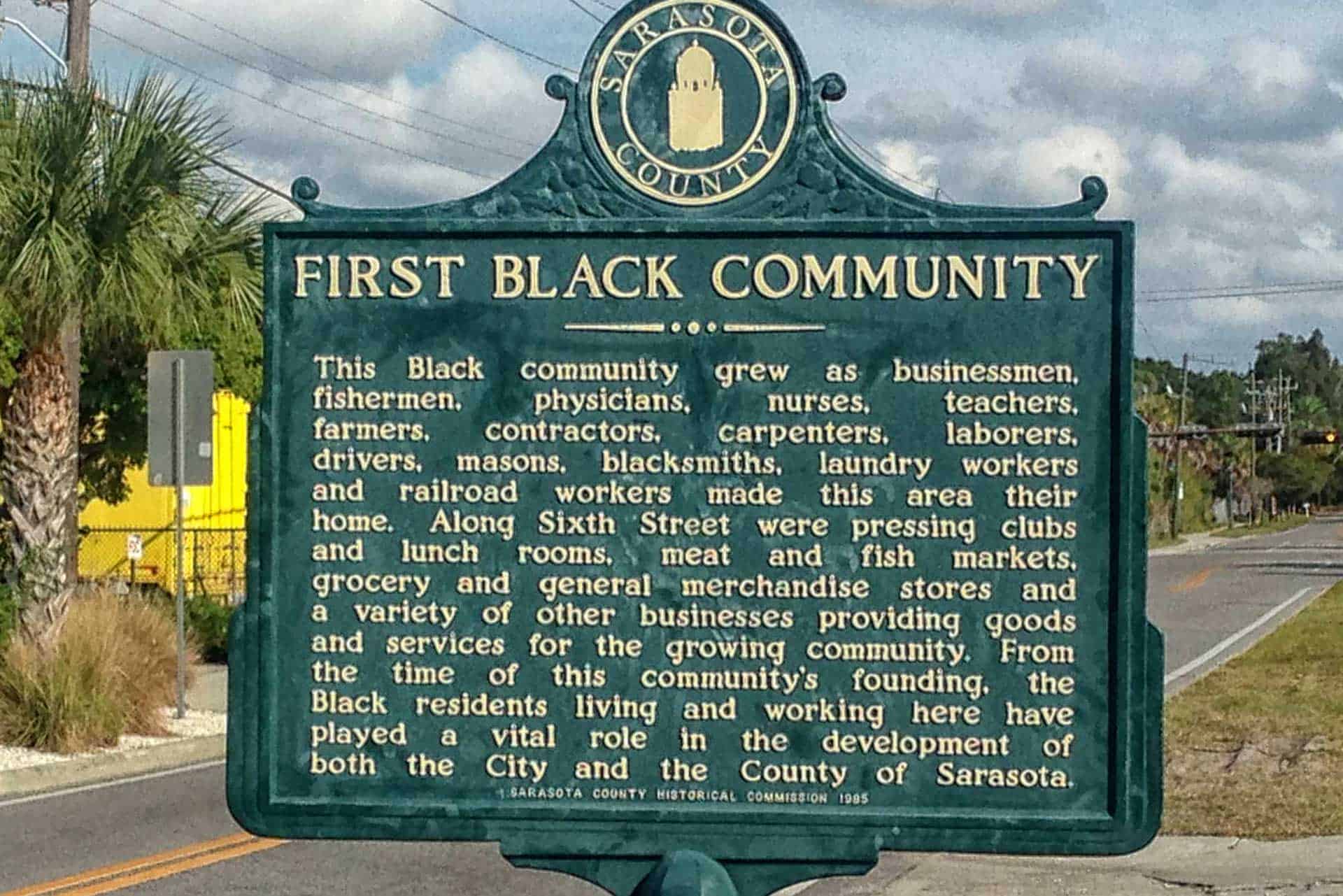Beach “Wade-Ins” for Equal Access
For generations, Jim Crow laws made Florida’s beaches off-limits to African Americans.
After a 1951 campaign for beach access for Black residents fell on deaf ears followed by years of resistance and delays, Neil Humphrey Sr., Sarasota’s NAACP president and the owner of Humphrey’s Pharmacy, prompted residents to organize for change.
In fall 1955, Newtown residents led by Humphrey began challenging the old order by piling into cars and driving to Lido Beach. They swam, walked the shore and waded into the Gulf of Mexico. This act introduced “wade-ins” to the civil rights lexicon.
The wade-ins drew media attention and opened an early front in the fight for equal rights years before better-known state and national victories of the 1960s. Fewer than two miles of Florida’s 825 miles of beaches were open to African Americans. It took the Civil Rights Act of 1964 to do away with segregated beaches for good.
Visitors can retrace the Newtown community’s history from Reconstruction to the Civil Rights Act as part of the Newtown Alive tour and experience the Florida Black Heritage Trail, which includes America’s oldest incorporated Black town.

























